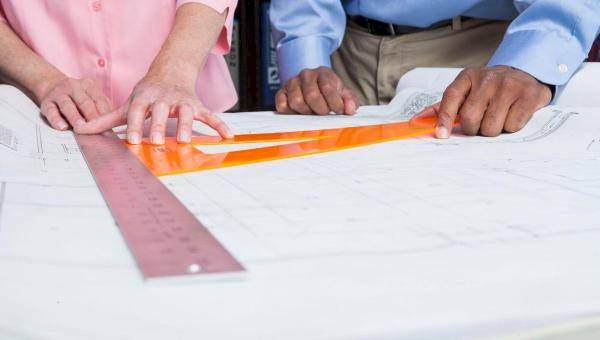Episode transcript The transcript is generated automatically by Podscribe, Sonix, Otter and other electronic transcription services.
Ricardo (4s): Hello, everyone. Welcome to the five minutes PM podcast. as you all know, the PMBOK sixth edition comes with a lot of innovations and a lot of new items. And one of them that I was very curious about is the Design four X several people asking me what is DFS or Design four X. So let me tract explain to you, this is one that is very strong on quality management. So quality assurance and quality management process. So basically the X means excellence, so design for excellence. And excellence in What?
Ricardo (44s): in something. So this is like a tricky with the name. So Design for X is designed for excellence in something it's a basically set of technical guidelines that aime to optimize design. So it's very useful in product design. So when you design a product, so you need to design for something. So will you design for example for Cost? So what is this? Its a set of technical guidelines that will optimize the cost of that product. So you can have a different one, for example, Design for Disposal what is designed for Disposal it's a set of technical guidelines that you put in place in your product development to make sure that when you dispose this product, you are disposing of it in a responsible and effective way.
Ricardo (1m 40s): Let me use one example. One of the nicest projects I have ever visited was this ship, the cargo ships called triple E from Mercer. So their is one very famous video that I recorded inside the ship and the E, triple E means efficiency environment and energy. And they built, they designed that ship for Disposal. And what was that? So imagined that a ship has a life cycle. So let's suppose is 20 or 25 years, 30 years after this time, do they need to scrap the ship?
Ricardo (2m 21s): So they take the ship and they practically disassemble the ship and they sell different pieces. OK? that will go back to the steel industry or any kind of industry. So what the difference between a traditional design and a designed for Disposal is that when they designed, that chip they designed, thinking that in 30 ears, they need to have some technical guidelines that we will allow the Disposal. That is an environmentally friendly Disposal. So this is designed for Disposal. So you put priority in the design of your product for Disposal.
Ricardo (3m 1s): I use this as, as just an example, you can do that is very common what does called design for manufacturing. When you design the product, thinking in how can I make this product, how I can optimize. So maybe you put a button in someplace that it's not necessarily the best place for Usability, but it's the best place for your manufacturing process because you already have a machine that can do that, for example. But then when you do the focus in design for manufacturing, many times you have a conflict on Design for Usability. Ricardo (3m 41s): So remember the X can be Cost can be manufacturing, can be disposal can be any service or warranty Safety. Designed for Safety. For example, if you are producing a spacecraft, you designed for safety or energy efficiency, I'm not saying that they are mutually exclusive, but it gives you a sense of what is the priority. Remember, this is a very common term Design for X in product development and it's very related to engineering. This is why many people, when the day you see does Design for X they got lost.
Ricardo (4m 24s): They do not understand what is this Design for X. So remember Design for X is design for excellence and Design for excellence in different aspects of your project that you think are the most reasonable for the product you are developing. So I hope you enjoy this podcast and see, you know, next week with another five minutes PM Podcast.

